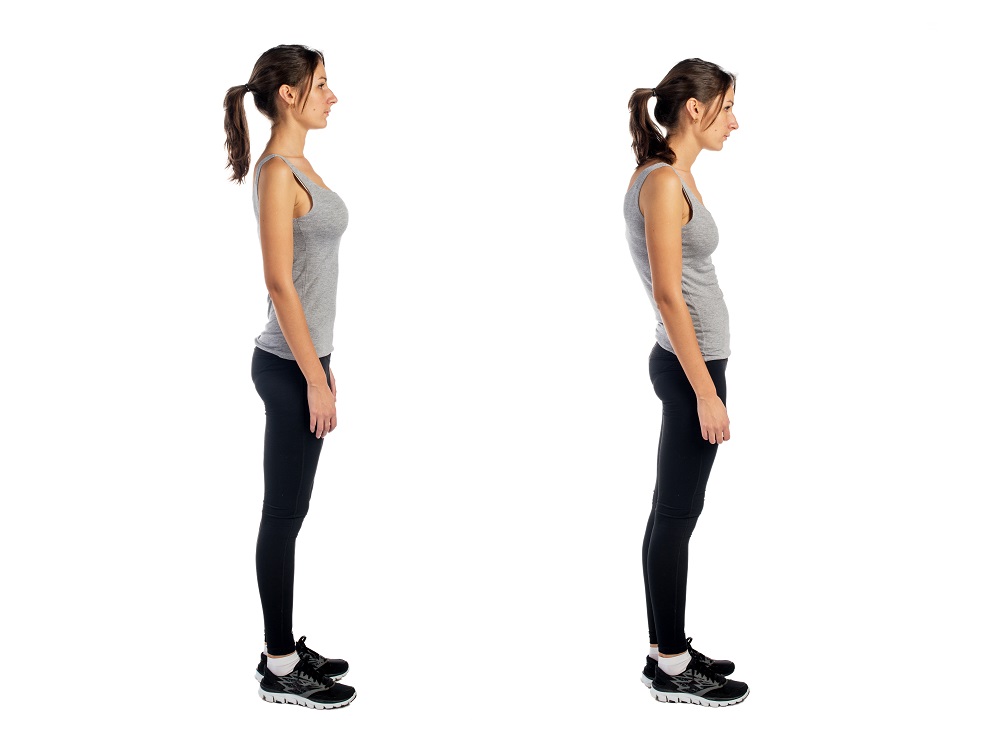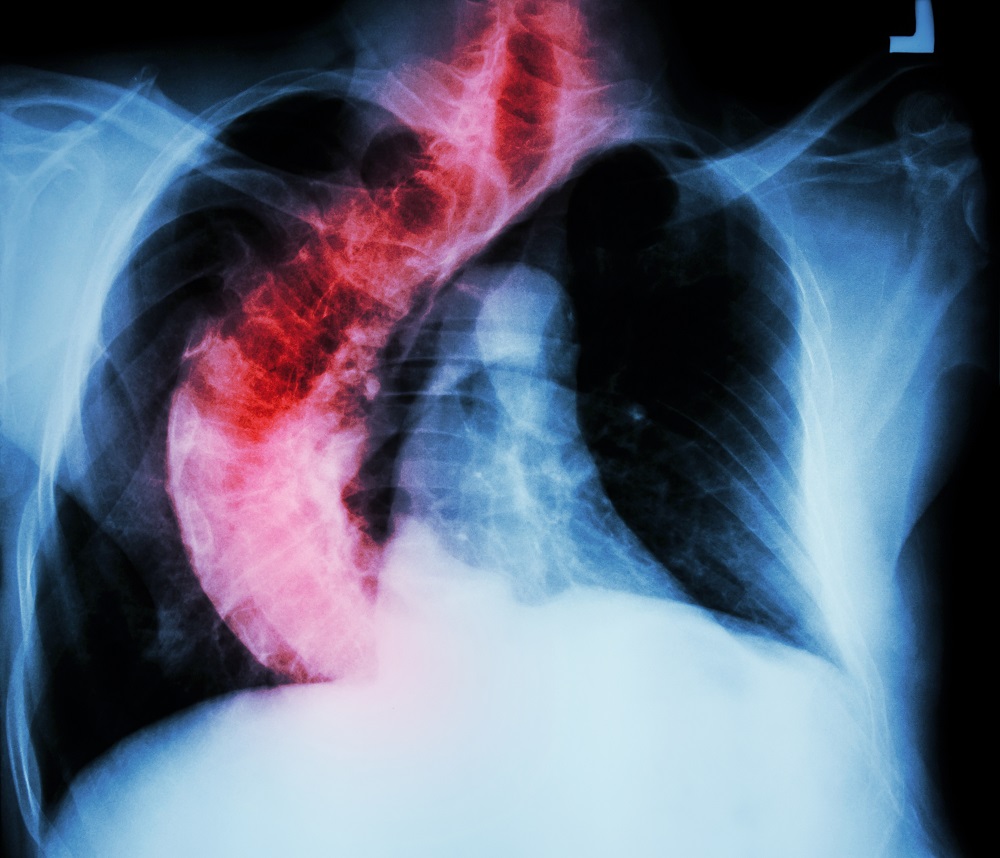In quite a few children and teenagers, scoliosis doesn’t have any noticeable symptoms, and the curvature of the spine isn’t painful. Sometimes, the scoliosis cannot even be recognized from outside because the curvature is so minimal.
However, patients with more severe curvatures of the spine probably experience any of the following symptoms:
- Back pain (mostly in adults)
- Visibly curved spine
- One shoulder is higher than the other
- One shoulder or hip is more prominent than the other
- Clothes don’t hang properly
- Body tilts to one side
- Prominent ribcage
- One leg appears longer than the other
In around 80 to 90 percent of the cases, a cause for scoliosis is not found; this condition is called “idiopathic scoliosis”. It can affect children and adults, but some of them only notice the disease in later life.
However, there are a few cases caused by other medical conditions:
- Cerebral palsy (associated with brain damage)
- Muscular dystrophy (genetic condition causing muscle weakness)
- Marfan syndrome (disorder of the connective tissues)
It rarely happens that babies are born with scoliosis caused by a problem with the development of the spine in the womb.
In adults, age related changes in the discs and joints of the spine and a reduction in bone density can cause a curvature of the spine. The condition of previously undiagnosed or untreated scoliosis may worsen over time. The side-to-side curvature caused by degeneration of the facet joints, is known as degenerative or adult scoliosis.
Scoliosis can sometimes lead to emotional problems, e.g. low self-esteem or negative effects on body image, especially in children and teenagers that have to wear a back brace.
Very seldom, severe scoliosis might also cause physical problems, such as increased pressure on heart and lungs.
Treatment for scoliosis depends on the patient’s age, severity and progression of the disease. In small children, medical care is not always required because the curvature of the spine may improve naturally. If a young patient has to be treated, bracing or casting may be an option to stop the curve’s progression. In case it doesn’t work, surgery might be necessary: By inserting metal rods into the back, the spine shall be stabilized. Since children grow, the rods are lengthened periodically.
If scoliosis progressively worsens in older children, the patients can either wear a back brace until they stop growing to prevent a further spine curving, or they get surgery to correct the curvature by using rods attached to the spine by screws, hooks and/or wires in order to straighten the spine.
The goal of scoliosis treatment for adults is to relieve pain in the first place, e.g. by painkillers, physiotherapy and exercises. A correctional surgery might be the last option. Regular check-ups are highly recommended for all treatments to monitor the success of the respective therapy.


